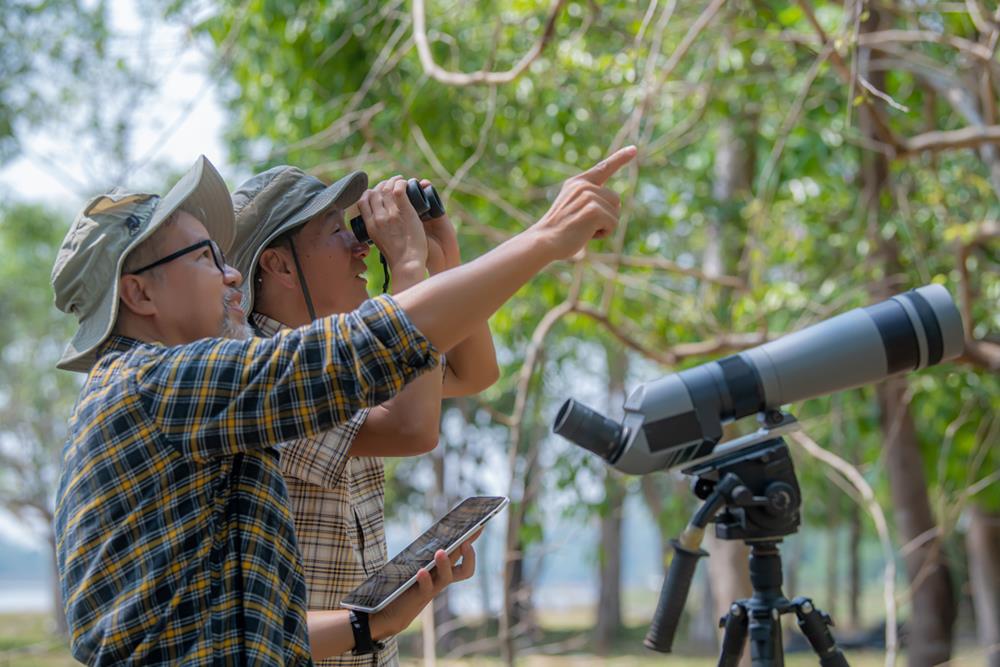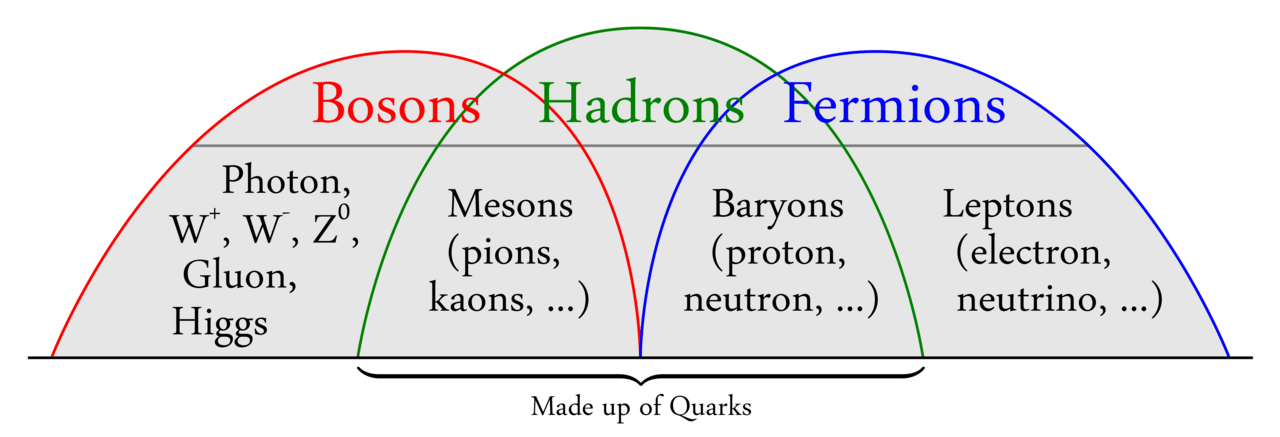Citizen Science Projects in Texas You Can Join Outdoors

Texas offers numerous outdoor citizen science opportunities for nature enthusiasts. You can track invasive species through the Invaders of Texas program, monitor bird nest boxes, document wildlife with iNaturalist or eBird, measure weather patterns with CoCoRaHS, or survey amphibians and aquatic ecosystems.
These projects contribute valuable data to researchers while connecting you with Texas's diverse ecosystems. Each program welcomes volunteers regardless of experience level, with training provided to ensure your observations make a meaningful impact.
Tracking Invasive Species Through the Invaders of Texas Program
https://www.youtube.com/watch?v=qpTpF0Hl6B0
While many Texans enjoy the state's diverse landscapes, the Invaders of Texas program transforms this appreciation into meaningful conservation action. As a volunteer citizen scientist, you'll receive training to identify and report invasive species using field guides and the Texas Invaders mobile app.
By leveraging community engagement, the program creates a statewide database that helps resource managers track invasive species distributions and implement control measures. Your observations feed directly into a geospatial tracking system, facilitating rapid response to emerging threats before they become widespread. The idea behind this program is that having more trained eyes watching for invasive species can significantly help reduce damage to native Texas landscapes.
The initiative—coordinated by the Lady Bird Johnson Wildflower Center with partners such as Texas Parks and Wildlife Department (TPWD)—empowers you to protect native ecosystems while contributing data that guides conservation efforts throughout Texas.
Bird Monitoring and Nest Box Surveys
Because natural tree cavities have become increasingly scarce across Texas landscapes, citizen science nest box programs offer you a meaningful way to support bird conservation while gathering critical scientific data.
You can join Texas Master Naturalist chapters that monitor boxes from March to August, tracking Eastern Bluebirds, Carolina Chickadees, and other cavity nesters. By recording nest building, egg counts, and fledging rates, you're supporting conservation through long-term data collection that informs research on population trends and breeding biology.
Want an easy field day to practice IDs? Santa Ana National Wildlife Refuge is a great spot for migrants and year-round residents.
Your weekly observations, submitted to platforms like NestWatch and eBird, become part of large biodiversity databases used by scientists nationwide. Eastern Bluebird populations declined in the past due to habitat loss and competition from non-native cavity nesters; coordinated monitoring and nest box programs helped them rebound.
Beyond collecting valuable data, you're enhancing breeding success by providing nesting sites that offset habitat losses from urbanization and fragmentation.
Digital Nature Observation With iNaturalist and eBird
View this post on Instagram
Beyond traditional field monitoring, digital platforms now empower Texas citizen scientists to document nature with unprecedented ease. With iNaturalist hosting tens of millions of global observations and eBird aggregating millions of Texas bird records, your contributions matter.
You'll find urban wildlife monitoring opportunities through these platforms, where your photos and recordings help land managers demonstrate biodiversity and support conservation policies. The annual City Nature Challenge each spring encourages Texans to document urban biodiversity in a friendly, global competition among hundreds of cities.
Texas Nature Trackers projects allow Texas Master Naturalists and other volunteers to earn service hours through verified observations of Species of Greatest Conservation Need.
To participate, capture photos with accurate location data and share them to relevant Texas projects. Focus on wild organisms in public spaces or approved private lands. Your observations become Research Grade when vetted by the community, directly supporting scientific research and conservation efforts statewide.
Measuring Weather Patterns in Your Backyard
As rainfall splashes against your window or sunshine warms your garden, you're witnessing valuable scientific data in action. Join CoCoRaHS by installing a standardized 4-inch rain gauge for daily rainfall documentation around 7:00 a.m., helping Texas monitor droughts and floods.
Set up a backyard weather station to measure temperature, humidity, and wind patterns, contributing microclimate data that fills gaps in weather models. Your hyperlocal observations provide essential insights for forecasters, especially in less monitored regions.
For deeper environmental understanding, participate in the Texas Stream Team to monitor water quality parameters influenced by weather patterns. These citizen science efforts create robust datasets that agencies and researchers use to track climate impacts and develop response strategies.
Monitoring Texas Amphibians and Aquatic Ecosystems
Weather patterns directly affect the health of aquatic ecosystems where some of Texas's most vulnerable species live. Through programs such as Texas Amphibian Watch (under Texas Nature Trackers) and Texas Mussel Watch, you can help track frog, toad, salamander, and freshwater mussel populations by adopting local water bodies for regular monitoring.
Participate by surveying wetlands during nighttime call surveys, identifying species by their distinctive sounds, and documenting environmental conditions. Some activities include monitoring urban amphibians to understand how development affects these sensitive creatures.
After attending identification workshops, you'll collect valuable data that scientists use to detect population changes and assess ecosystem health. Because amphibians serve as biological indicators, your observations contribute directly to conservation efforts across Texas.
Permits or permissions may be required for any handling of wildlife—always review current TPWD regulations before fieldwork.
Contributing to Plant and Habitat Conservation Efforts
Texas ecosystems thrive when citizens actively participate in plant conservation efforts across the state. You can join the Invaders of Texas program as a trained volunteer to detect and report harmful invasive species, contributing to a statewide mapping database that helps coordinate control efforts.
For hands-on involvement, numerous native plant restoration projects welcome community volunteers for planting and monitoring. Initiatives in longleaf pine savannas, prairies, and riparian corridors focus on enhancing regional biodiversity. At Big Thicket National Preserve, visitors can participate in Chronolog photo stations that document seasonal change and restoration progress.
The Botanical Research Institute of Texas (BRIT) offers opportunities to support seed banking and data collection on rare species. Tech-savvy participants should favor iNaturalist for documenting native plants while contributing to scientific knowledge. Platforms such as CitSci.org can also connect you with local conservation projects needing volunteer assistance.
Seasonal Wildlife Counts and Biodiversity Surveys
Participating in seasonal wildlife counts provides critical data that scientists use to track biodiversity trends across Texas ecosystems. You can join the Christmas Bird Count, the longest-running wildlife census worldwide, or contribute to recurring bird surveys at nature centers and preserves across the Hill Country and beyond.
Community science programs at places like the Cibolo Center for Conservation offer year-round ways to engage in meaningful environmental research. These phenology studies help track how climate and seasons affect wildlife behavior over time.
For reptile and amphibian enthusiasts, Texas Nature Trackers projects (e.g., amphibians and box turtles) need volunteers to monitor local populations. If butterflies interest you, the Monarch Watch Tagging Program offers hands-on experience tracking these iconic migrants each fall.
The Invaders of Texas program also trains you to detect harmful non-native species during seasonal plant and insect monitoring. Your observations across these initiatives directly support conservation planning and habitat protection throughout the state.
Conclusion
You've got numerous ways to become a citizen scientist right in your backyard! Whether you're tracking invasive species, monitoring birds, recording wildlife observations through apps, or collecting weather data, your contributions make a real difference. Texas's diverse ecosystems need your help, and you don't need a science degree to participate. So grab your phone, head outdoors, and join Texas's growing community of everyday scientists today!



